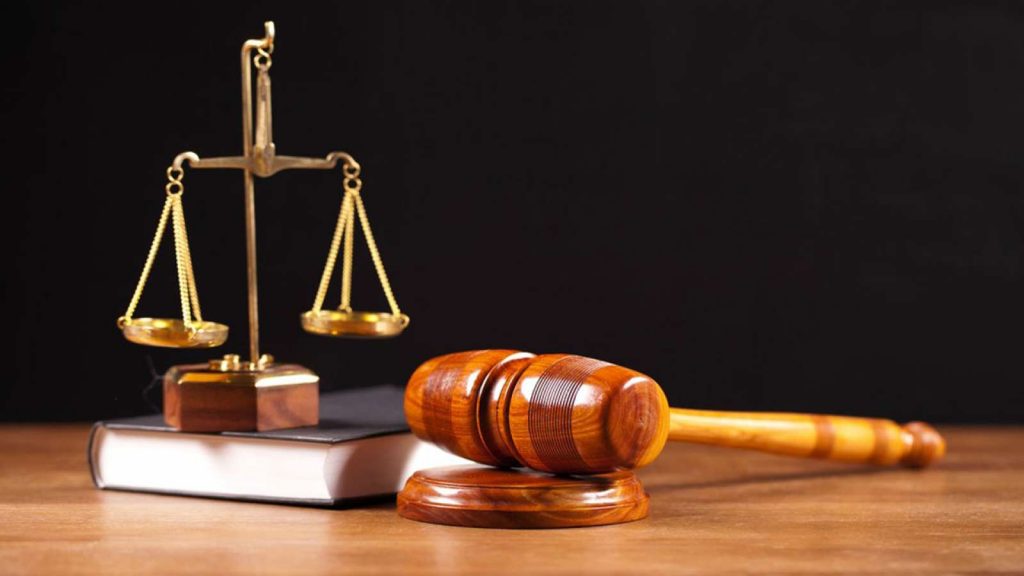Supreme Court’s judgement delivered March 5, 2019 has rather shaken the people’s confidence on our judicial system. Supreme Court’s acquittal of eight convicts, who were sentenced to death by the trial courts, the concerned high courts and even the apex court itself, has exposed serious flaws and deficiencies in our criminal justice system. Converting death sentence to life imprisonment by the apex court is normal, but converting death sentence to acquittal is quite exceptional. The extreme swings of justice make it quite erratic, incredible and questionable.
In 2006, six men were convicted by a Sessions trial court of Maharastra on charges of dacoity, murder and rape a woman and her minor daughter. They were sentenced to death. In 2007, a two-judge bench of the Bombay High Court upheld the conviction of all six, but confirmed the death sentence of three convicts. Punishment of the other three convicts was reduced to life-imprisonment. When the convicts appealed before the Supreme Court in 2009, a two-judge bench of Justices Arijit Pasayat and Mukundakam Sharma not only upheld the capital punishment of three convicts, but also enhanced the life imprisonment of the remaining three to death sentence. The bench observed that the crime was too cruel and diabolic; stirred the collective conscience of society and, thus, came under the rarest of rare case of heinous crime deserving capital punishment. The convicts filed a review petition before the SC, but it was dismissed in 2010.
They had no chance of escaping the gallows, but a landmark judgment of a Constitution Bench of the SC in Mohammad Arif Vs Registrar, Supreme Court, held that a death row prisoner could file as many review petitions as possible with the leave of court, as death penalty was irreversible in nature. This gave an opportunity to these convicts to file another review petition before the SC. Ten years after their conviction by the apex court, a three-judge bench of the SC comprising Justices A K Sikri, Abdul Nazeer and M R Shah delivered a stunning judgement March 5 totally reversed the Bombay High Court’s and its own judgment of 2009. Those who were waiting for the gallows were not only set free, but also awarded a compensation of Rs 5 lakh each for losing precious 16 years of their lives in jail despite being innocent!
Reprimanding the investigating agency for failing to produce adequate evidence for the prosecution in the case, the court observed, “Though the charge is of rape and murder, there is no forensic evidence corroborating the prosecution case…. We are of the opinion that the omissions are major omissions, which are fatal to the case of the prosecution and, in any case, it creates reasonable doubt on the trust worthiness and the reliability of the prosecution witnesses…. Since the prosecution failed to prove the case against the accused beyond reasonable doubt, we have no other alternative, but to acquit the accused of the offenses for which they are convicted.”
The SC bench also directed the Maharastra government to initiate departmental proceedings against the police officials for their sheer negligence and culpable lapses for which the real culprits are out of the clutches of law.
The above judgment has raised some harsh questions on the efficiency of our criminal justice system. Firstly, what would have happened if the six convicts were hanged after the SC rejected their review petition in 2010? Would not it have been a clear judicial murder due to miscarriage of justice? What is the guarantee that such tragedies are not happening? Secondly, if judgements of different judges can be so subjective and contradictory on the same laws and same evidences that they are diametrically opposite and can put the lives of justice-seekers in jeopardy, can people repose trust on such an erratic justice system? Thirdly, is it enough for the judiciary to put all the blames on the investigative agencies? What about the blunders of the lower courts?
No doubt, to err is human, and judges are no super-humans. Accepting this unpalatable truth, our Constitution provides for a three-tier judicial system. But unfortunately, the three levels of justice also seem to be inadequate to assure fool-proof justice. Whom should we blame for this pitiable state of affairs? It’s high time we seriously ponder over these questions if we are really serious on protecting and preserving the dignity and credibility of our judicial system.
Jayakrishna Sahu
